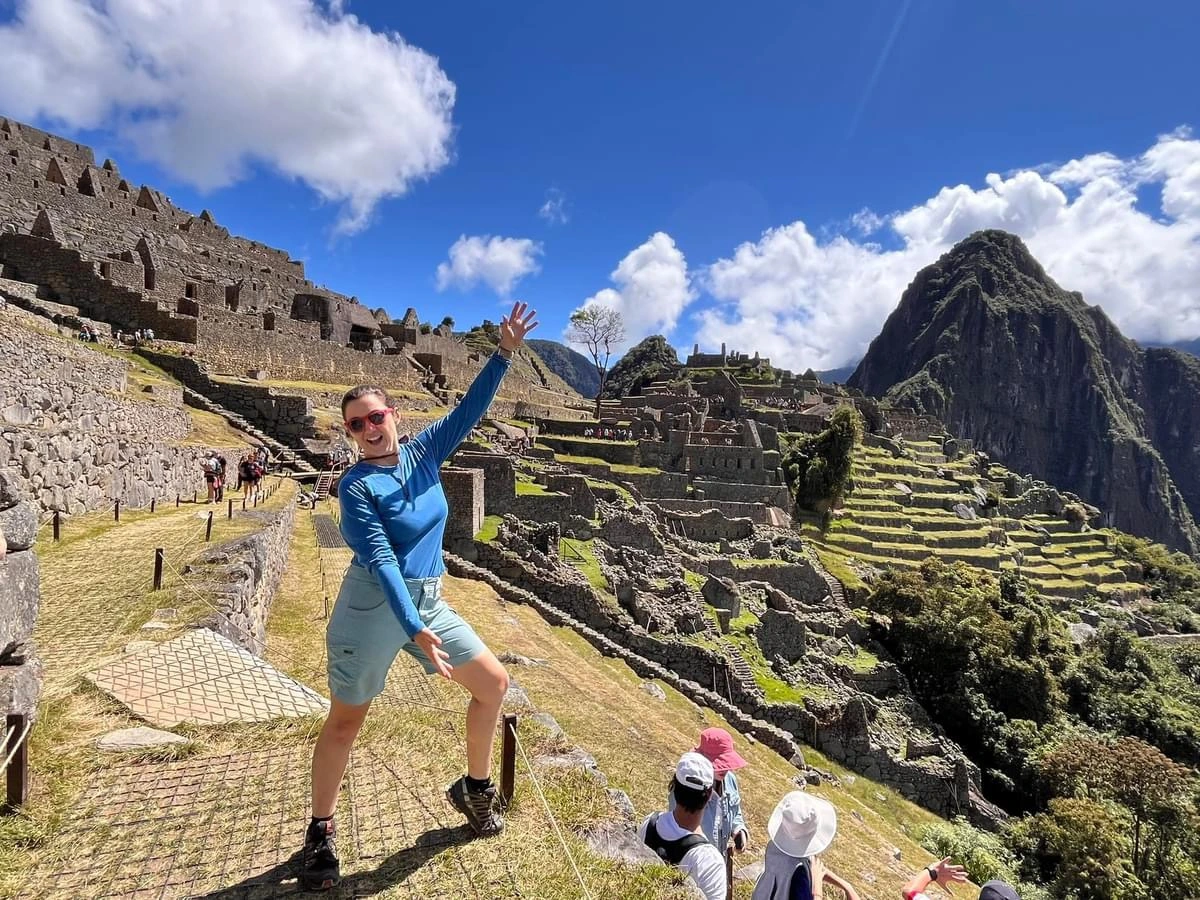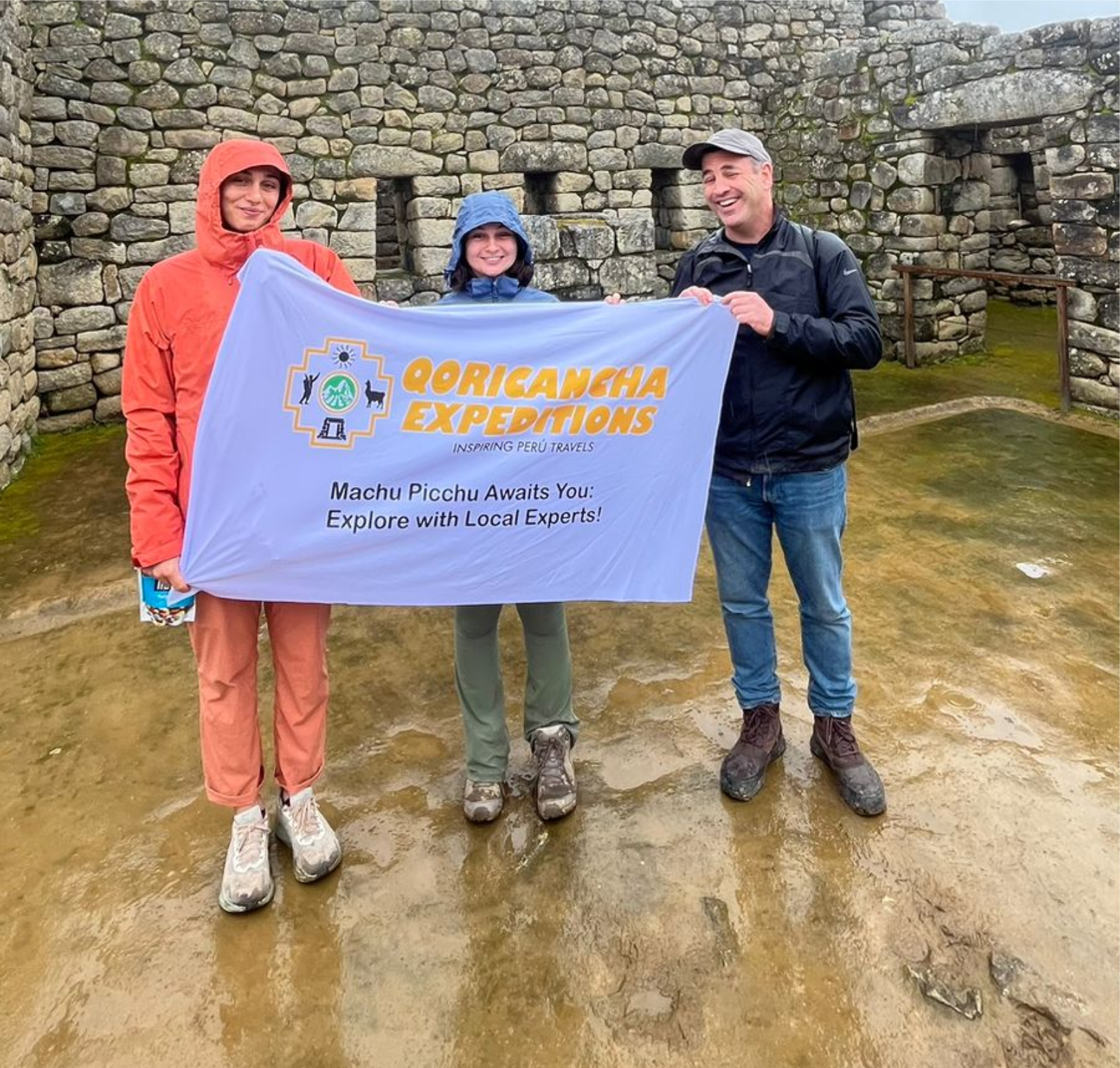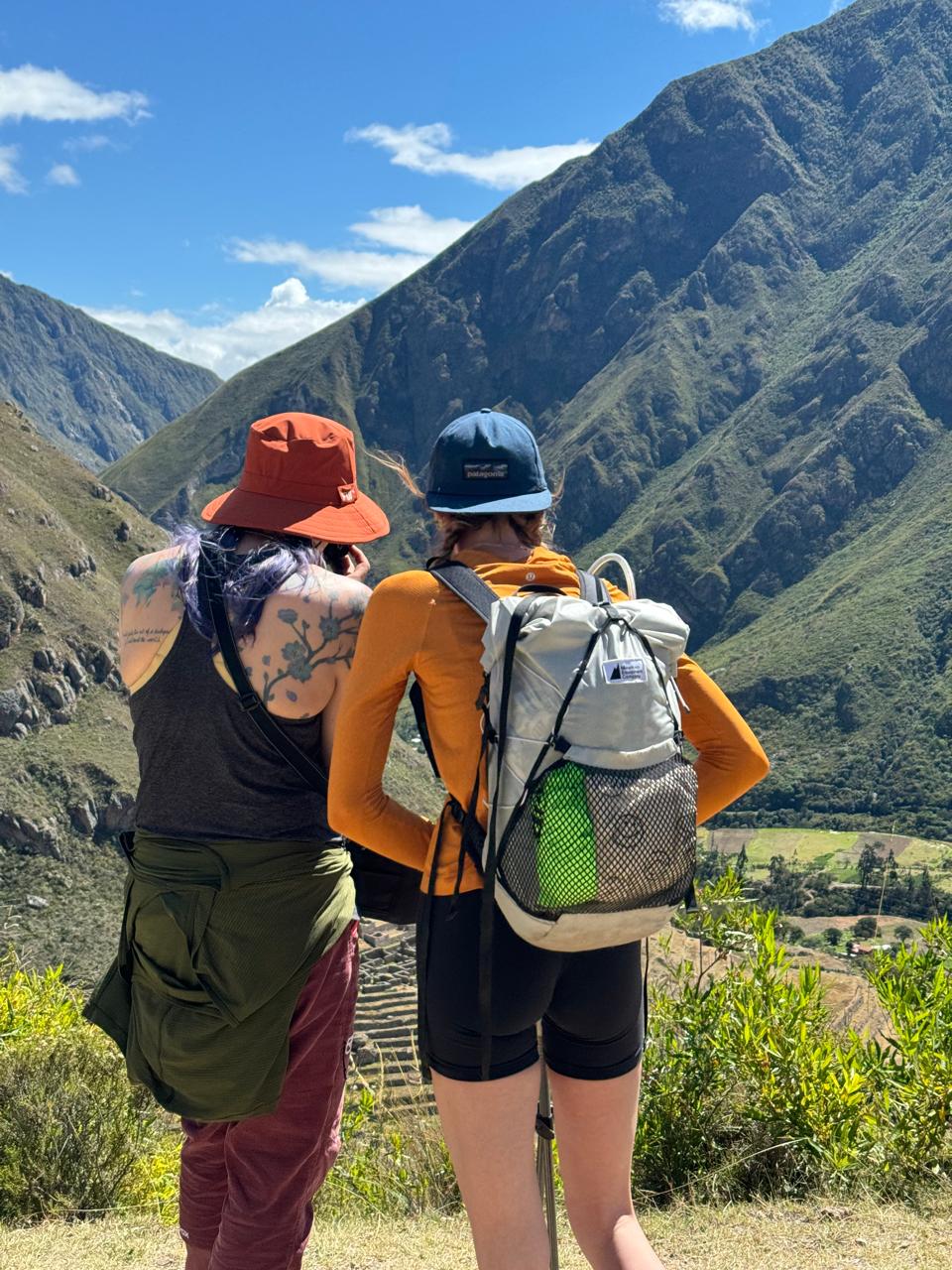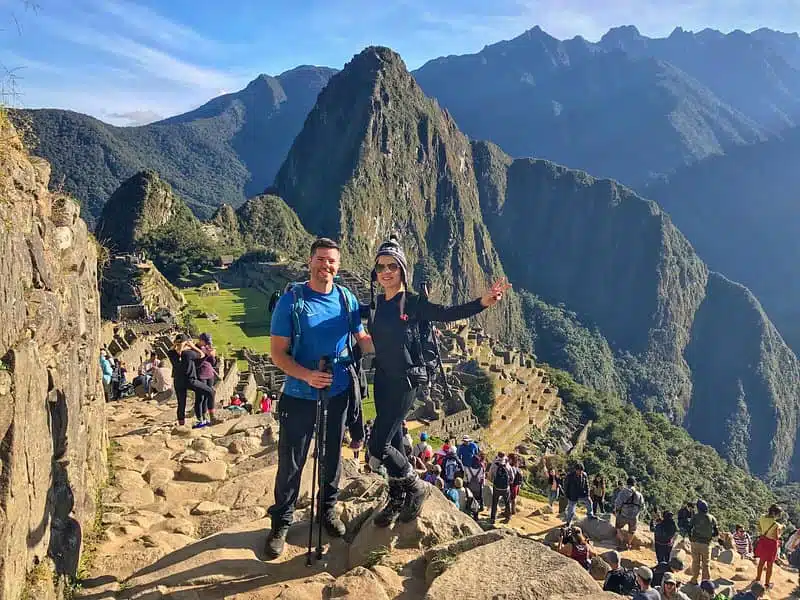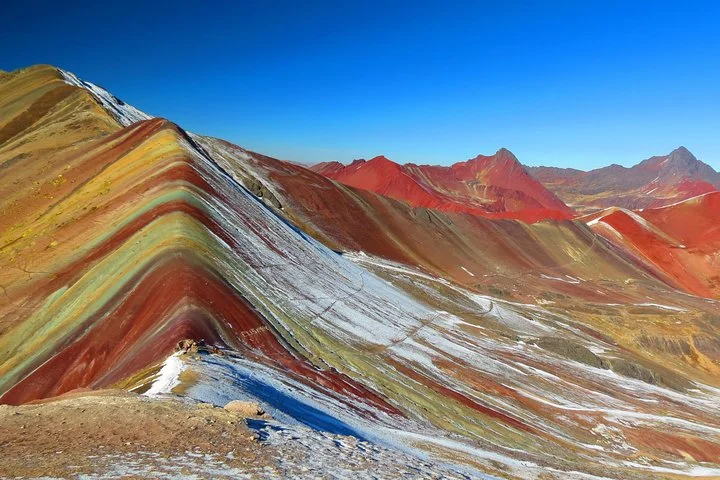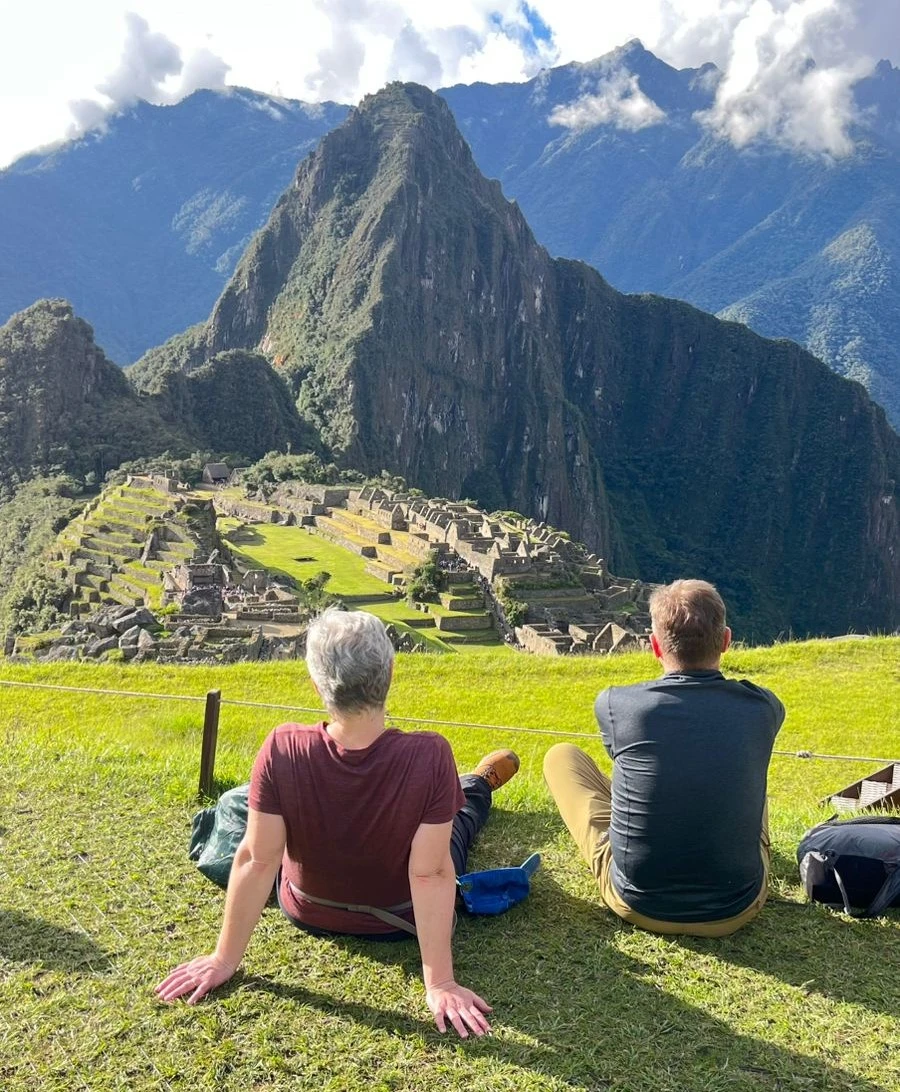Classic 4-Day Inca Trail Hike to Machu Picchu
The Classic 4-Day Inca Trail hike to Machu Picchu is one of the most iconic and sought-after treks in the world. The trail leads through the ancient Incan ruins, lush cloud forests and dramatic Andean peaks, culminating at the breathtaking Sun Gate, where visitors will enjoy their first magical glimpse of Machu Picchu. If you are planning a trip to Peru, this historic and physically demanding route should be at the top of your list.
Why Hike the Classic Inca Trail?
✔️ Historical significance: Walk in the footsteps of the Inca civilization.
✔️ Stunning scenery: From alpine passes to misty jungles.
✔️ A grand finale: Arrive at Machu Picchu through the legendary Sun Gate (Inti Punku).
✔️ Bucket-list adventure: A UNESCO World Heritage experience.
4-Day Inca Trail Itinerary Overview
The Classic Inca Trail 4 days is a favorite among hikers and history enthusiasts. Each day of this extraordinary trek presents new challenges, discoveries, and breathtaking moments. Here’s what you can look forward to:
Day 1: Cusco – Km 82 – Wayllabamba
✔️ Distance: ~12 km / 7.5 miles
✔️ Altitude: 2,600m (start) – 3,000m
✔️ Highlights: Patallacta ruins, river valleys, gentle start
Day 2: Wayllabamba – Dead Woman’s Pass – Pacaymayo
✔️ Distance: ~11 km / 6.8 miles
✔️ Altitude: Up to 4,215m (Dead Woman’s Pass)
✔️ Highlights: Challenging ascent, panoramic views
Day 3: Pacaymayo – Phuyupatamarca – Wiñay Wayna
✔️ Distance: ~16 km / 10 miles
✔️ Altitude: Descend to 2,650m
✔️ Highlights: Incan ruins, cloud forests, stone staircases
Day 4: Wiñay Wayna – Sun Gate – Machu Picchu
✔️ Distance: ~5 km / 3 miles
✔️ Altitude: Enter Machu Picchu via the Sun Gate
✔️ Highlights: Early sunrise view, guided tour of Machu Picchu
How to prepare for the Classic Inca Trail 4 days?
The Inca Trail is one of the world’s most exciting and challenging hikes. To make the most of your journey, preparation is essential.
Here’s what you should carry along:
Hiking shoes
Layered clothing, and waterproof options.
Small backpack with space for daily essentials.
Sun protection with high SPF sunscreen, sunglasses, and a hat.
Water bottle, reusable and easy to carry.
Energy snacks like nuts and energy bars to stay fueled.
Investing in quality gear will enhance your comfort and safety, making every step more enjoyable.
Is acclimatization necessary?
It requires, especially for low altitude residents. Here are some tips for altitude acclimatization:
Spend a few days in Cusco to adapt to the altitude.
Drink plenty of water to prevent headaches and fatigue.
Avoid alcohol and heavy meals during the first few days.
Pace yourself to allow your body to adjust gradually.
Use coca leaves or tea as these local remedies can help alleviate altitude symptoms.
Listen to your body and give yourself time to acclimate—it’s essential for a safe and enjoyable trek.
When Is the Best Time to Hike the Inca Trail?
May to September: The dry season, offering clear skies and spectacular views.
October to April: The rainy season, with fewer crowds but a chance of wetter trails.
- Avoid: February (trail closed for maintenance)
- Pro tip: Book 4–6 months in advance — permits sell out fast!
No matter when you choose to hike, the Inca Trail promises an extraordinary experience. Just be sure to pack for the season and embrace the adventure that awaits!
How to Book the Inca Trail?
✔️ Permits are mandatory and limited (500 per day, including guides and porters).
✔️ You must book through a licensed tour operator like Qoricancha Expeditions.
✔️ Prices typically range from $600–$1,200 USD, depending on group size and service level.
Inca Trail Tips for a Successful Trek
✔️ Acclimatize in Cusco for 2–3 days before starting.
✔️ Stay hydrated and pace yourself.
✔️ Tip your porters and guides , they are the heart of the trek.
✔️ Carry cash for tips and small purchases.
✔️ Bring snacks and electrolytes for energy.
4 top FAQs for the Classic Inca Trail
1. Do I need a permit to hike the Classic Inca Trail?
Yes. Permits are required and must be secured through a licensed tour operator. They are limited to 500 per day (including Hikers, guides and porters) and can sell out 4–6 months in advance, especially during peak season (May–September).
2. How difficult is the Classic Inca Trail?
The trail is considered moderately to highly challenging. The biggest factors are the altitude (up to 4,215 meters / 13,828 ft at Dead Woman’s Pass), the long hiking days, and steep ascents/descents. Proper acclimatization and good fitness are essential.
3. What is the best time of year to hike the Inca Trail?
The best months are May to September, during the dry season in the Andes. Avoid February, when the trail is closed for maintenance. April and October can be good shoulder months with fewer crowds.
4. Can I hike the Inca Trail without a guide or tour company?
No. Independent trekking is not allowed on the Classic Inca Trail. You must go with a licensed tour operator who provides guides, porters, and permits. This regulation helps preserve the trail and ensure safety.
Why hike with Qoricancha Expeditions?
There are only a few giving you the chance to discover hidden marvels, and that’s Qoricancha Expeditions! Enjoy every single moment and create memories of lifetime with the best tour planners and guide.


